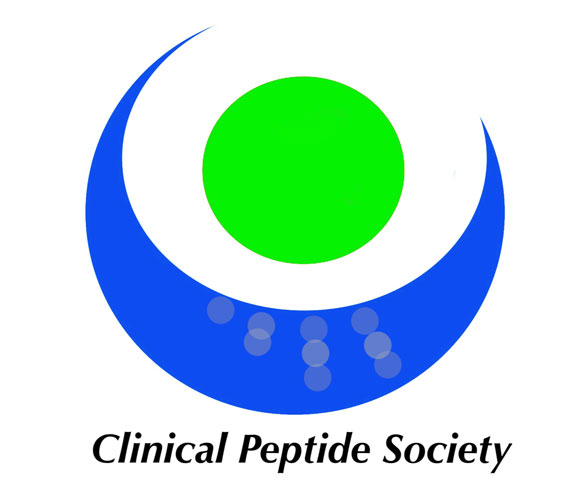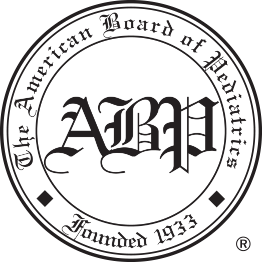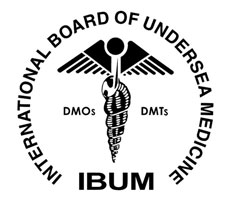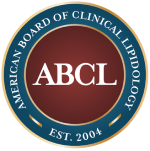What is PRP Therapy?
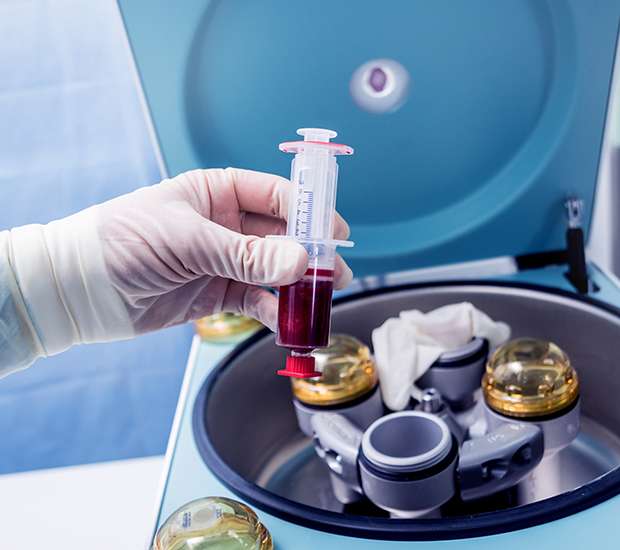
PRP therapy, or platelet-rich plasma therapy, is a revolutionary treatment method that uses one's own platelets to accelerate healing. Plasma is a constituent of the blood that has unique “elements” or proteins that aid in blood clotting. It also has proteins that promote cell growth. Scientists have been able to create PRP by separating the plasma from the blood and concentrating it.
The concept of PRP therapy is that infusing PRP into damaged tissues will encourage the body to form new, healthy cells and aid healing. Since the factors that contribute to tissue growth are high in the PRP injections, researchers believe it may help the body’s tissues heal quickly.
Platelet-rich plasma uses
Purpose of PRP therapy
Scientists are experimenting with different applications of PRP injections. The examples include uses for:
- Hair loss – physicians have infused PRP into the scalp to enhance hair growth and avert hair loss. Research published in 2014 showed that PRP injections can be used to treat androgenic alopecia (also called male pattern baldness) successfully.
- Tendon injuries – tendons are strong, dense bands of tissue that link the muscles to the bones. They heal very slowly after injury. Medical experts have used PRP injections as a treatment for severe tendon issues, such as Achilles tendonitis in the ankle, tennis elbow and jumper’s knee or ache in the patellar tendon in the knee.
- Acute injuries – acute sports injuries, including knee sprains and hamstring tears, can be treated with PRP therapy.
- Postsurgical repair – in some cases, a physician may opt for PRP treatment to restore a torn tendon or ligament after surgery.
- Osteoarthritis – people with osteoarthritis can also benefit from PRP injections. A study conducted in 2015 showed that PRP injections produced more significant results than hyaluronic acid injections (the regular treatment) for osteoarthritis. This theory is not conclusive because the trial involved only 160 people; larger trials are necessary to prove this.
Please note that none of these applications has been clinically proven to produce results.
Preparing for PRP therapy
PRP injections can take different forms. For instance, the medical professional may apply a numbing lidocaine mix topically to the area prior to injection. This may mean arriving early to the therapy session for this application. In other cases, the PRP may be blended with a local anesthetic to lessen discomfort. Sometimes, the doctor will infuse PRP during a surgical procedure. In this situation, getting ready for PRP therapy would mean observing your doctor’s advice before surgery.
The PRP injection procedure
A standard PRP therapy should follow the following steps:
- The healthcare expert will take a blood sample. The location of the PRP injection determines the amount of the sample. For instance, during a study, 20ml of blood (a bit larger than a teaspoon) was taken for a scalp injection.
- The blood is transferred to a centrifuge. This machine spins very fast, causing a separation of the blood elements. The separation should require around 15 minutes.
- A technologist will draw the separated plasma and gets it ready for injection.
- The doctor may use imaging, including ultrasound devices, to determine the particular site of injection and then infuse the PRP into the affected area.
- Normally, the entire procedure should take around an hour.
Request an appointment here: https://omgwellnessmd.com or call Optimal Medical Group at (559) 425-1118 for an appointment in our Fresno office.
Check out what others are saying about our services on Yelp: Read our Yelp reviews.
Related Posts
Does the P-Shot Work? For some men, especially those with mild to moderate ED, platelet rich plasma (PRP) injections like the P-Shot have shown potential to improve erectile function and sexual health. PRP therapy involves injecting growth factors from your own blood directly into penile tissues to stimulate blood flow, tissue repair, and possibly boost…
O-shot side effects are generally mild, but understanding every facet is crucial before scheduling this medical office procedure. The O-Shot, also known as the orgasm shot, uses platelet-rich plasma (PRP) from a woman's own blood to stimulate vaginal tissue regeneration, enhance sexual response, and improve symptoms like urinary incontinence, low libido, or difficulty achieving orgasm.Most…
The P-Shot (Priapus Shot) has revolutionized outpatient options for men seeking solutions for erectile dysfunction, promising improvements in sexual health, satisfaction, and performance. By injecting platelet-rich plasma (PRP) drawn from a patient's own blood directly into the penis, the P-Shot treatment claims to enhance erectile function, increase penile blood flow, and boost sensitivity, providing an…
The O-Shot (Orgasm Shot) benefits women seeking to improve sexual health, resolve issues like urinary incontinence, and boost overall well-being through a simple, minimally invasive procedure. By using platelet-rich plasma (PRP) from the patient's own blood, the O-Shot promotes tissue regeneration, increases blood flow, and enhances sexual function, often delivering results that last up to…





